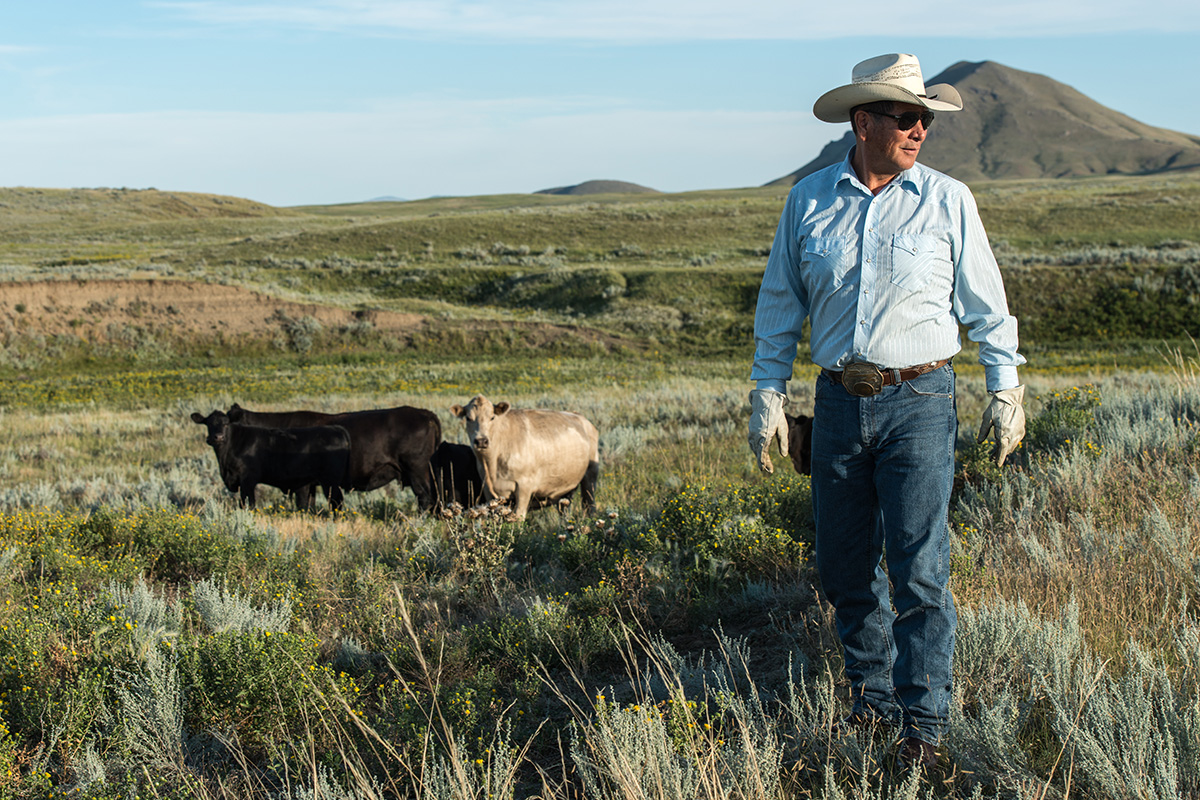
Contracting for Conservation
As public land battles simmer, a new private model emerges to pay ranchers to conserve wildlife.
Read more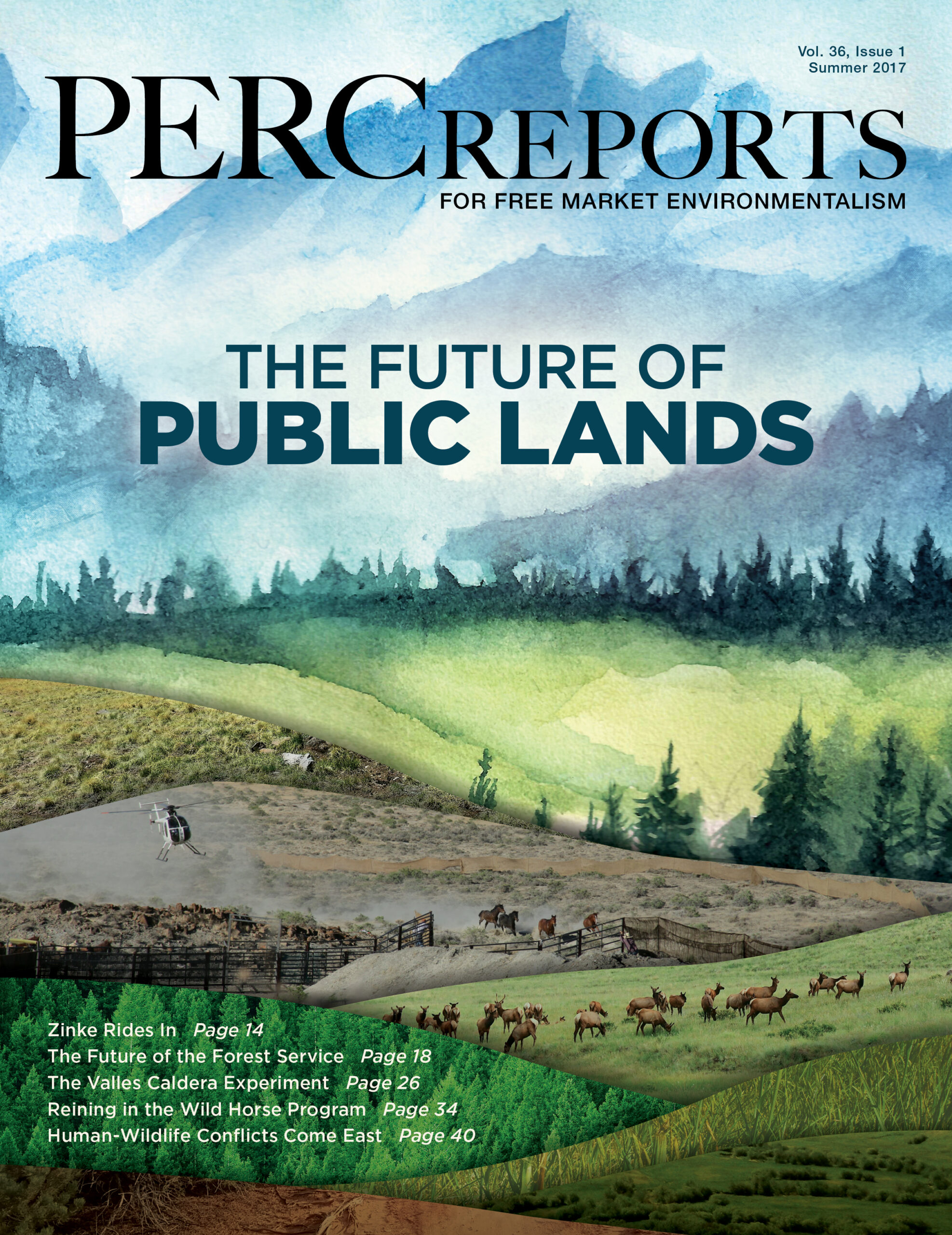

As public land battles simmer, a new private model emerges to pay ranchers to conserve wildlife.
Read more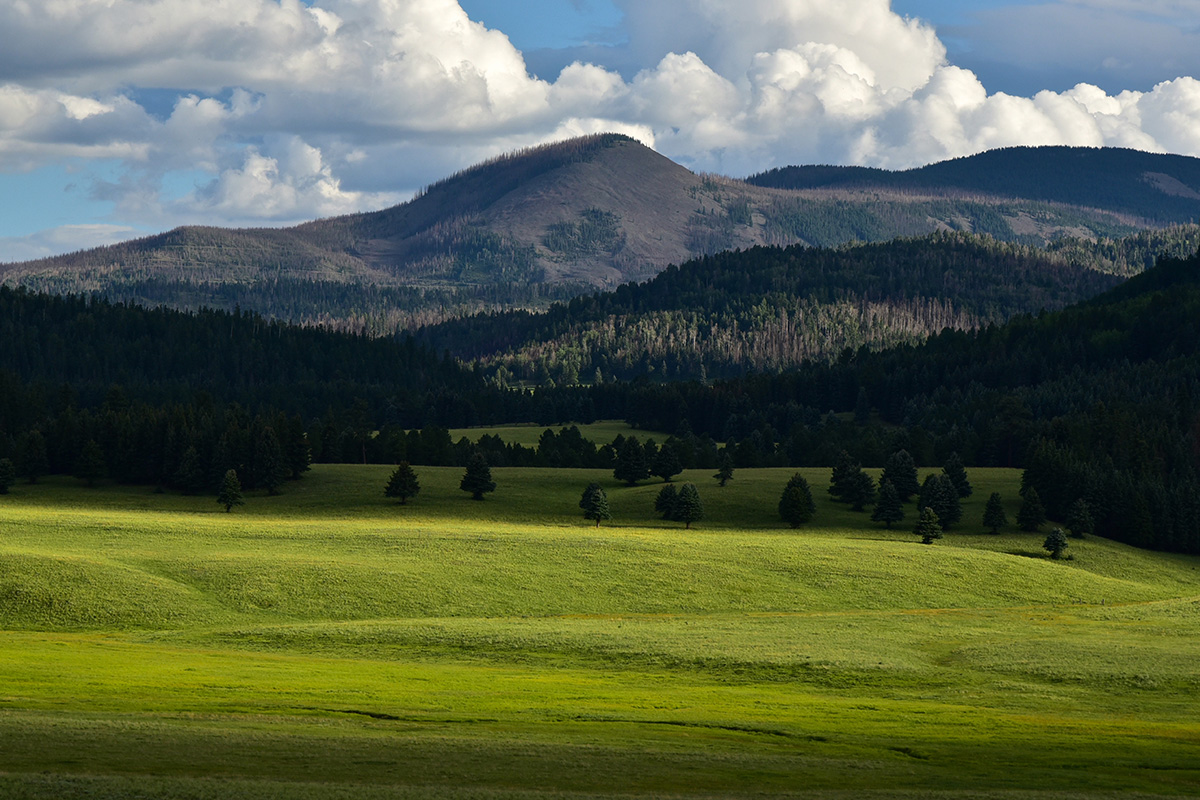
Lessons learned from one of the largest public land experiments in the United States.
Read more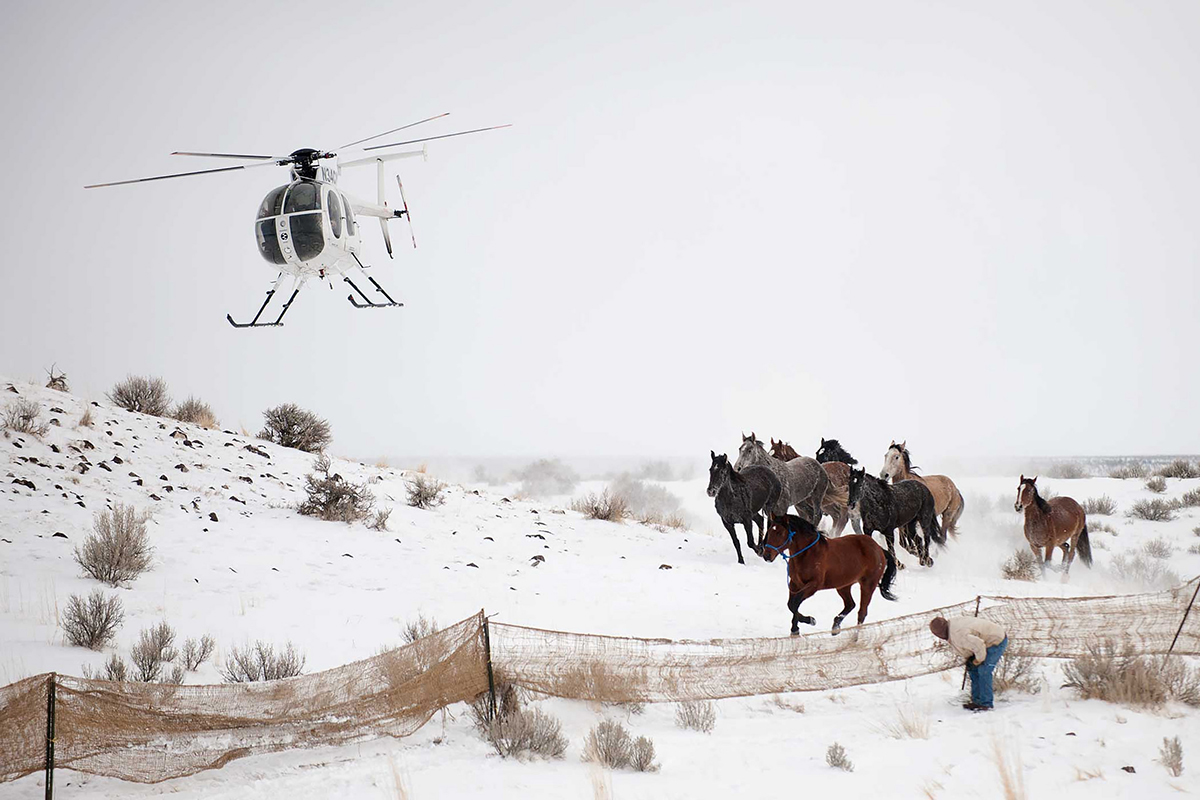
How to rein in the costs of the federal government’s wild horse program.
Read more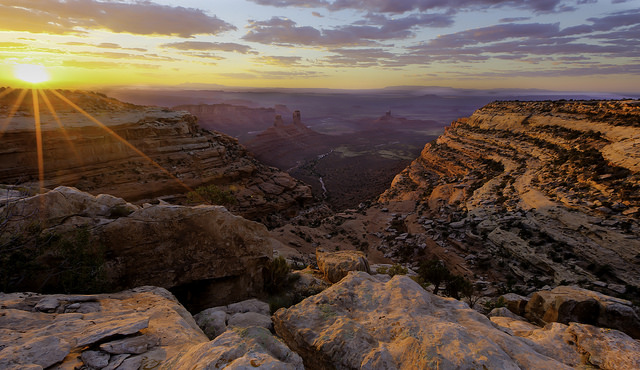
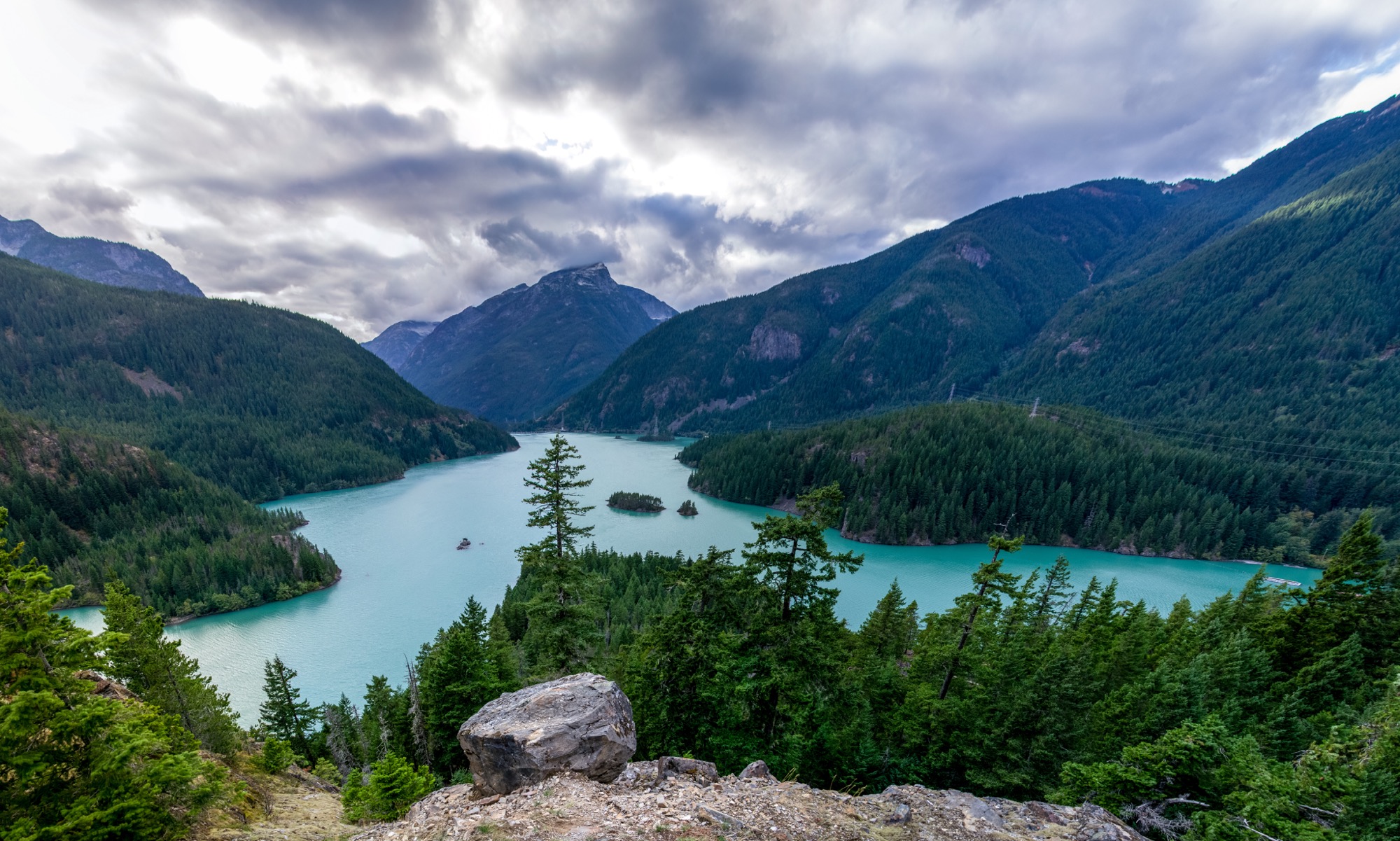


By walking away from the 2015 Paris climate agreement, President Donald Trump ended the United States’ commitment to reduce carbon emissions and made good on a key campaign promise. But amidst the fallout from the move, Mr. Trump’s exit from the Paris accord had some unlikely opponents—namely, large industrial giants who, at first glance, wouldContinue reading "Contracting for Conservation"
Read more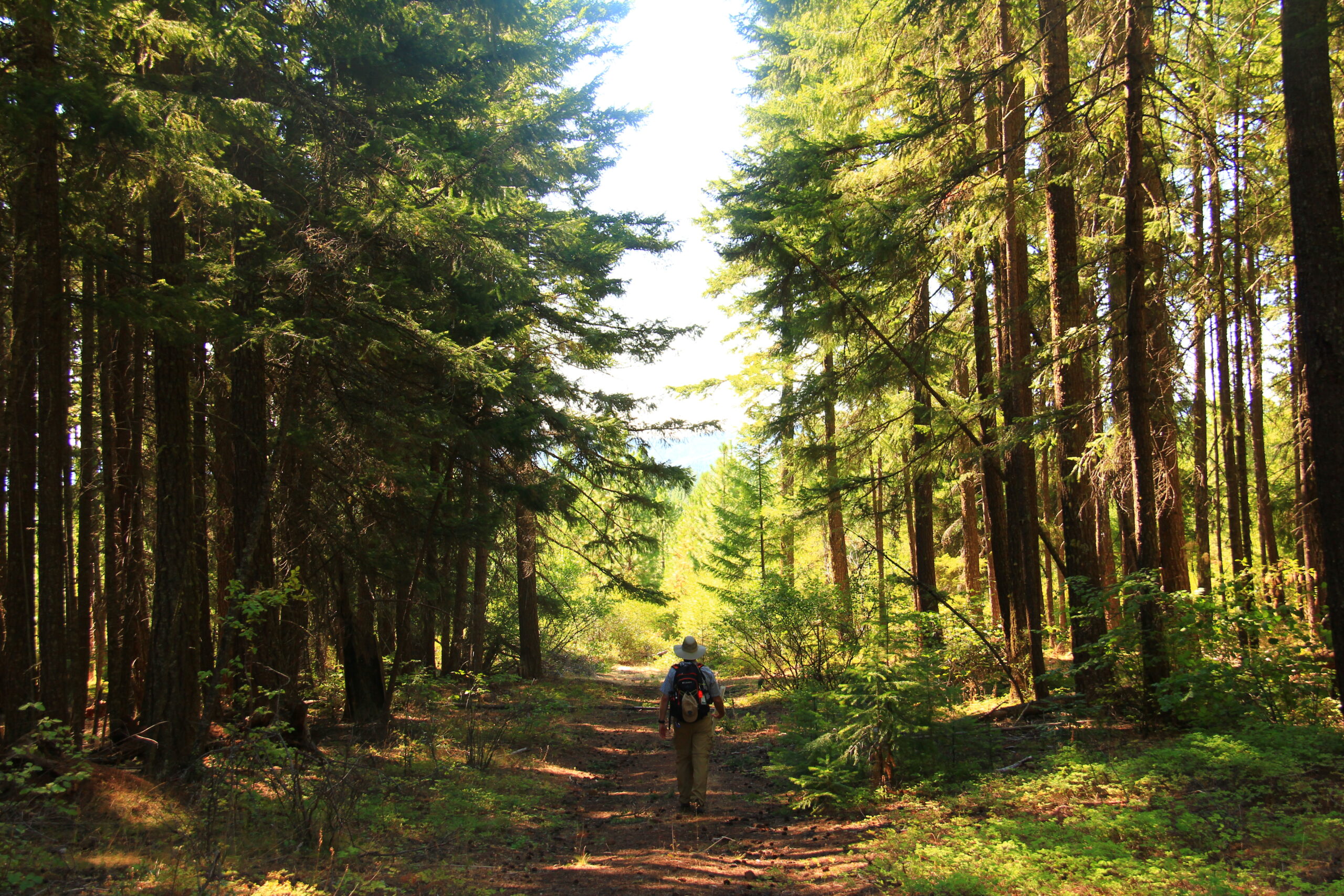
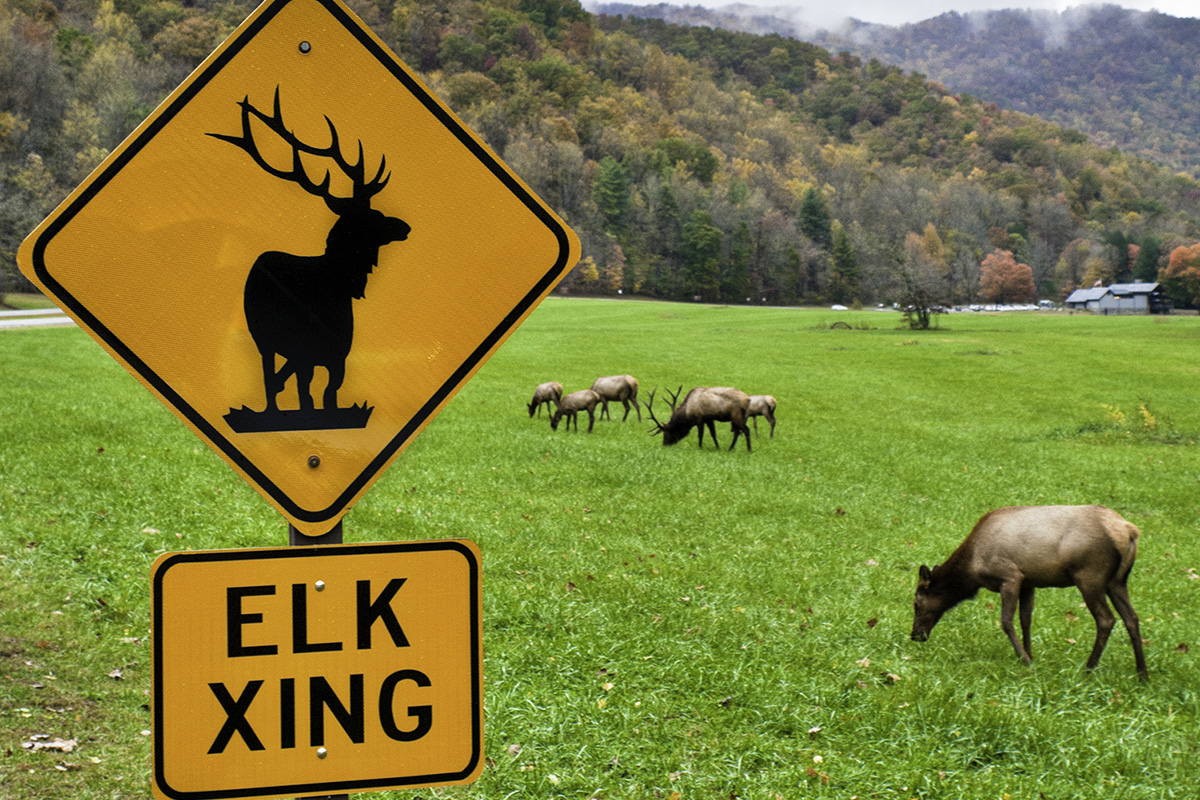
As locals clash with elk reintroduced to the Smokies, can strategies from the West serve as a blueprint to mitigate conflicts?
Read more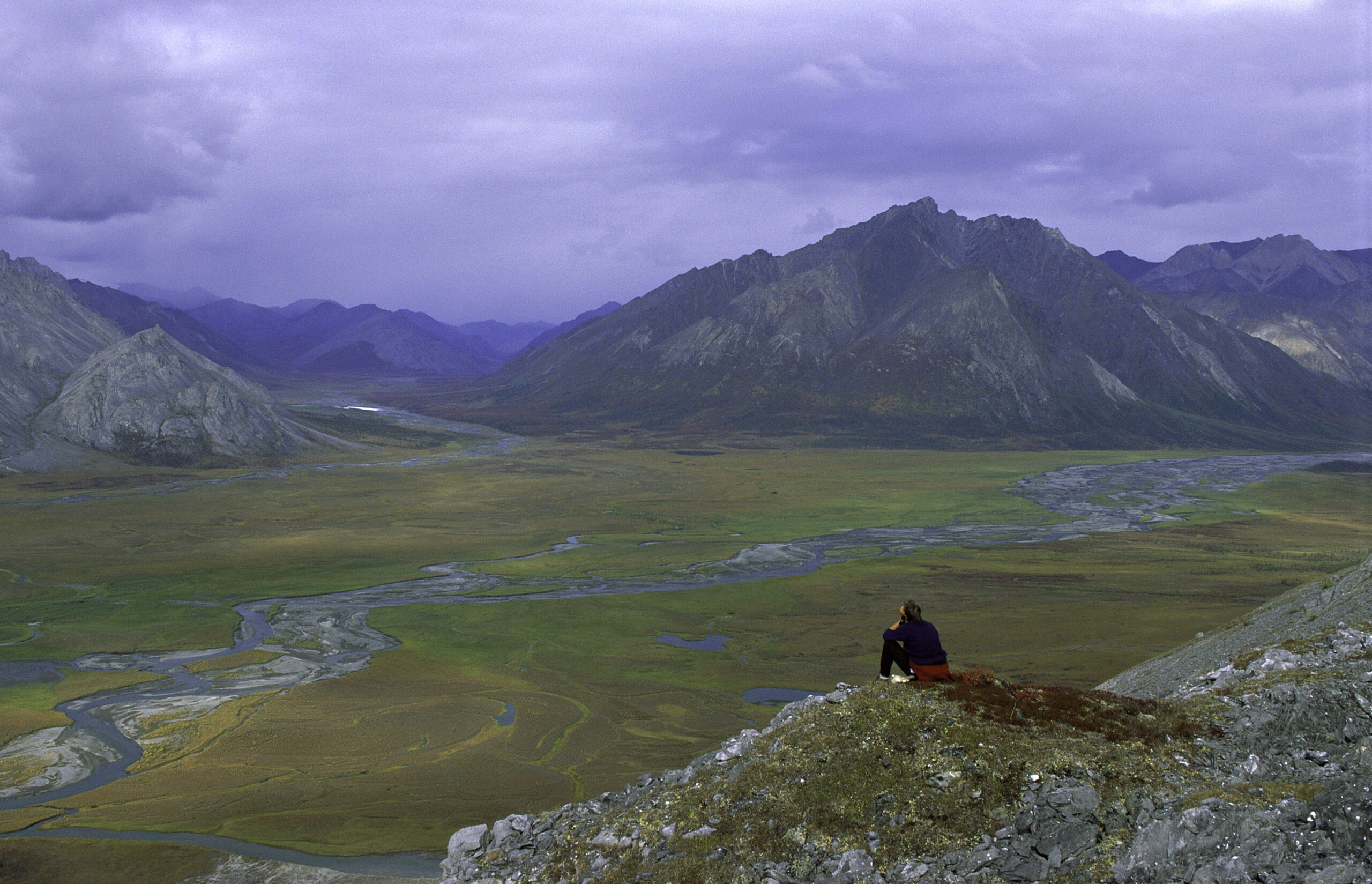
For some environmental groups, oil and wildlife never mix—except when it comes to their own property.
Read more